Mysteries of Machu Picchu
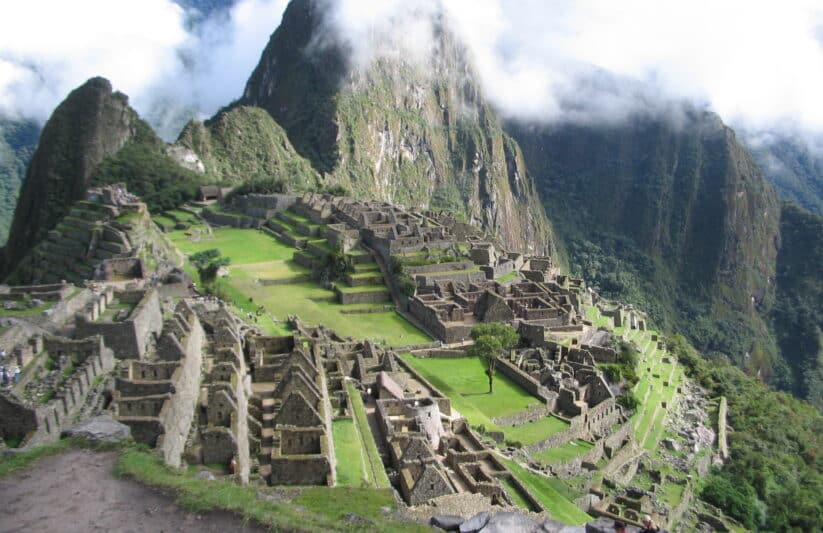
For many travelers, ascending the top of Machu Picchu in Peru is a travel bucket list goal. But apart from stunning views, what makes this site so fascinating to historians and hikers alike? Let’s explore some of the history behind this wonder of the world.
Discover ACIS Tours to Machu Picchu
The Purpose of Machu Picchu
One of the primary mysteries surrounding Machu Picchu is its purpose and function. It is commonly believed that Machu Picchu was used as a royal estate for the Inca emperor Pachacuti.
But there are other theories on the site’s purpose including:
- Religious sanctuary
- Astronomical observatory
- Ceremonial center
Religious Sanctuary
The theory proposing Machu Picchu as a religious sanctuary suggests that the Inca site held profound spiritual significance for the ancient civilization. Advocates of this perspective argue that the placement of structures, the sacred geometry embedded in the architectural design, and the natural features all point to a site dedicated to religious practices and rituals. Some of the key elements are believed to have served a ceremonial and astronomical purpose such as the Intihuatana stone, and the Temple of the Sun, with its carefully aligned windows and celestial orientations, all contribute to the hypothesis that Machu Picchu played a vital role in the Inca civilization’s spiritual life.
The secluded location in the Andean mountains further supports the theory that Machu Picchu was a sacred retreat, where priests and religious leaders would communicate with the divine forces of nature and the cosmos, fostering a deep connection between the earthly realm and the spiritual domain.
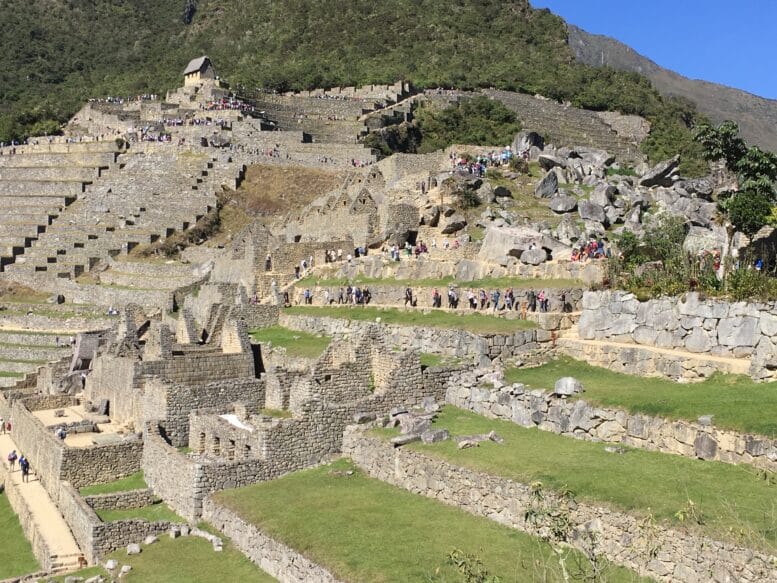
Astronomical Observatory
Another speculative theory about Machu Picchu is that it served as an astronomical observatory, a sophisticated center for celestial observations within the Inca civilization. Advocates of this theory highlight specific architectural alignments and orientations that correspond with key astronomical events, particularly during solstices and equinoxes.
The precision in the placement of certain features, such as windows and doorways, may have allowed the Inca people to conduct systematic observations of the sun, moon, and stars.
This astronomical focus could have served practical purposes. For example, it could have helped aid them in agricultural planning based on celestial cycles. The astronomical observatory theory can be seen as compelling, but still the exact extent and nature of Machu Picchu’s role in celestial studies remain subjects of ongoing research and contemplation.
Even with all these ideas and theories the precise intention behind the construction of Machu Picchu remains unknown to this day, fueling speculation and debates.
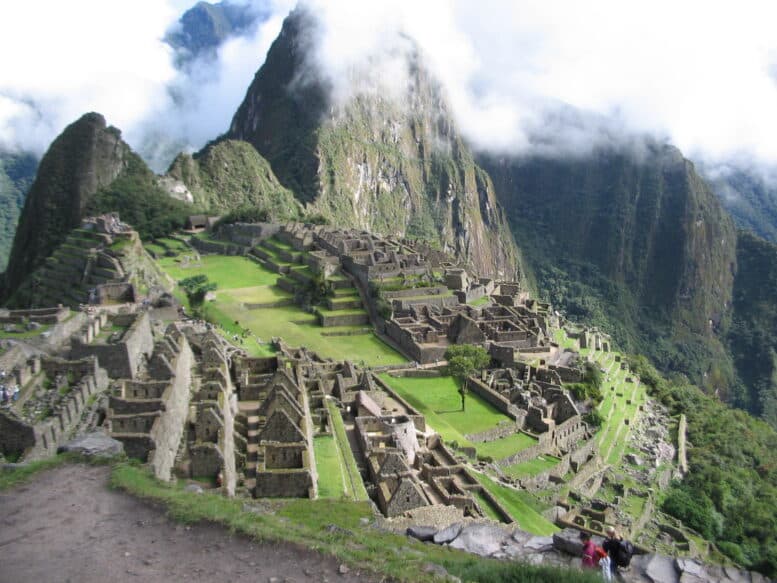
Ceremonial Center
Lastly, the theory proposing Machu Picchu as a ceremonial center suggests that the site served as a pivotal hub for significant rituals and communal gatherings within the Inca civilization. The strategic placement of structures, plazas, and ceremonial platforms indicates a purposeful design for hosting cultural and religious events.
Some of the notable architectural features are the Room of the Three Windows and the Temple of the Sun. They are considered central in ceremonial activities. The vast terraces and open areas within the site may have accommodated large gatherings, emphasizing the communal and celebratory nature of the ceremonial functions.
While this theory adds a cultural dimension to the understanding of Machu Picchu, ongoing research continues to dig into the specifics of the ceremonies that might have taken place.
An Architectural Marvel
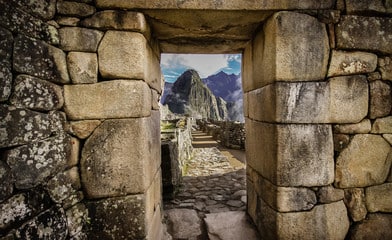
The advanced engineering used in the construction of Machu Picchu adds to its mystery. The Incas intricately carved and precisely fitted massive stones without mortar, creating structures with remarkable stability using stones, wood and mud.
The stones used in these infrastructures each weighed over 50 tons, leaving us to wonder what methods were used to transport and shape the stones. The scale and precision of the architecture raises questions about the technological knowledge of the Inca civilization.
ACIS Tours: The Inca Trail Itinerary
Abandonment and Rediscovery

The abandonment of Machu Picchu adds yet another layer of mystery to its history. While it is speculated that the site was deserted during the Spanish Conquest to avoid detection, the exact circumstances and reasons for its abandonment remain unclear. The site’s isolation and concealment in the dense vegetation of the Andean mountains played a vital role in its preservation. Eventually Machu Picchu was rediscovered by Hiram Bingham in 1911.
The Inca Trail
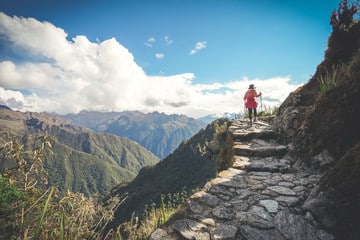
The Inca Trail leading to Machu Picchu is an iconic and historic pathway that winds its way through the breathtaking landscapes of the Andes Mountains. This is something that we at ACIS ensure our travelers partake on.
This ancient trail served as a vital route connecting various regions of their empire.
Today, the Inca Trail has become synonymous with adventure and pilgrimage, attracting trekkers from around the world. The multi-day journey traverses’ diverse ecosystems, including high-altitude mountain passes, cloud forests, and ancient Inca ruins.
People who hike along this trail encounter awe-inspiring vistas, intricately constructed stone staircases, and archaeological sites along the way, taking in the unforgettable arrival at the Sun Gate overlooking Machu Picchu.
The Inca Trail not only offers a physically challenging and rewarding trek but also provides a profound cultural experience, allowing modern explorers to follow in the footsteps of the ancient Inca people and immerse themselves in the natural beauty and historical richness of the Andean landscape.










